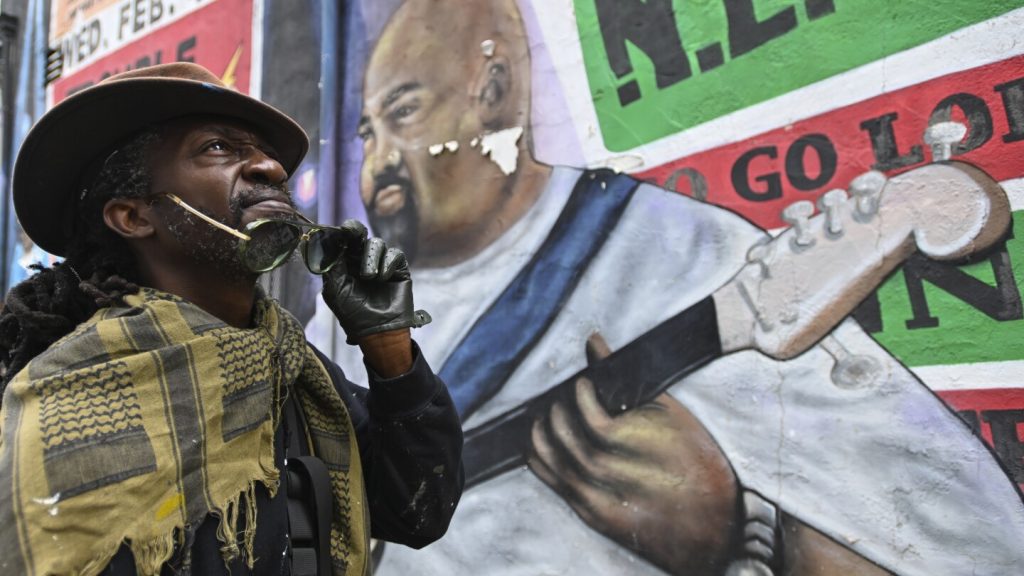The city of Washington, D.C. is dealing with an ongoing battle against graffiti, with various teams from the Department of Public Works tasked with removing tags and protest slogans from buildings and monuments. Despite their efforts, graffiti often reappears quickly, frustrating workers like Aceba Broadus. Eric B. Ricks, a longtime graffiti artist, is working on a city-sponsored mural at Savoy Elementary School, highlighting the different perspectives on graffiti as an art form versus vandalism.
The dynamic between vandalism and urban art has been present since the early days of graffiti, with one person’s expression viewed as another’s eyesore. The city budgets $550,000 per year for graffiti removal and employs different methods based on the type of paint and material of the wall. Political graffiti from mass protests, such as the recent Israel-Gaza war demonstrations, also pose a challenge for cleanup crews. DPW crews work in response to property owner requests and have occasionally had to operate under police protection during times of mass vandalism.
Many graffiti artists, like Ricks, view graffiti as a form of artistic expression deeply rooted in human history. Ricks, who became interested in graffiti in the early 1980s in New York City, sees it as a form of communication dating back to cave paintings and the Underground Railroad. While some graffiti artists are motivated by promoting their name, others have different goals and motivations, making it a complex art form with various interpretations. Efforts to honor and preserve D.C.’s graffiti history, such as the 14th Street Graffiti Museum founded by Corey Stowers, have faced financial challenges and limited support from the government.
The arrival of the George Floyd protests in the summer of 2020 drastically changed the work of graffiti removal crews in Washington, D.C., with prolonged periods of vandalism requiring extensive cleanup efforts. The city houses multiple graffiti removal crews, including the DPW, the Department of General Services, the National Park Service, Metro, and federal agencies. The Murals D.C. program is the city’s primary official vehicle for supporting graffiti, sponsoring numerous murals around the city and paying artists like Ricks for their work. Despite the challenges of graffiti removal, artists like Ricks continue to see graffiti as a form of expression for the people and by the people, highlighting its importance in urban culture.


